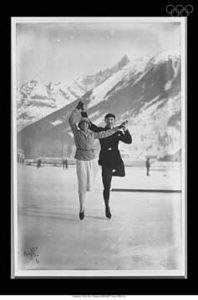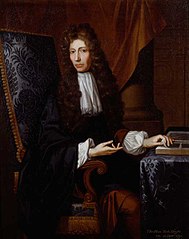Largest diamond, the Cullinan, ever found was discovered in the Premier Diamond Mining Company in Cullinan, South Africa in 1905. The stone, named after Sir Thomas Cullinan (owner of the mine), was 3,106 carats. The rough diamond was cut into seven very large gems and 96 smaller gems. Many of the larger gems are in the crown jewels of the United Kingdom. Idea: Have children illustrate how diamonds are made and how they are cut by visiting: Diamonds.
First transcontinental telephone call by Bell and Watson occurred in 1915. The famous duo of Alexander Graham Bell and Thomas A. Watson made history again. Watson was in San Francisco, California, when Bell called him from New York, New York. President Woodrow Wilson and the mayors of both cities were also part of the call. Bell’s first call to Watson (who was in another room in the same building) was on March 10, 1876.

Figure Skating at First Winter Olympics
Winter Olympics were held for the first time in 1924 in Chamonix, France. Approximately 258 athletes from sixteen nations competed in nine events. The United States sent 24 athletes and came home with four medals. Norway and Finland by far brought home the most medals. The events concluded on February 4, 1924. Children could hold their own winter events – sledding, snowball throwing at targets, biggest snowman competition.
Fluoridation process was added to drinking water in 1945 in Grand Rapids, Michigan. Idea: Children could find out how fluoride makes their teeth stronger. Children can learn more at: http://ilikemyteeth.org/fluoridation/.

Robert Boyle
Robert Boyle (born Lismore, Ireland, 1662; died London, England, December 30, 1691) was a scientist. He developed Boyle’s Law: if a gas is maintained at a constant temperature, the volume of the gas is inversely proportional to the pressure. Children can learn about Boyle’s Law at: Boyle’s Law. Idea: Children could inflate a balloon and put it in a refrigerator. They could record the results.

Robert Burns
Robert Burns (born Ayrshire, Scotland, 1759; died Dumfries, Scotland; July 21, 1796) was a poet. One of his most famous works is “Auld Lang Syne.” Children can read some of his works at: Project Gutenberg.
Charles Coatesworth Pinckney (born Charleston, South Carolina, 1746; died Charleston, South Carolina, August 16, 1825) represented South Carolina at the Constitutional Convention. During the Revolutionary War, he served as an aide to George Washington. He was captured by the British and was a prisoner of war for about two years. After the war, he helped create South Carolina’s constitution. He unsuccessfully ran for both the offices of vice president and president. Older children could learn more at: Charles Coatesworth Pinckney.